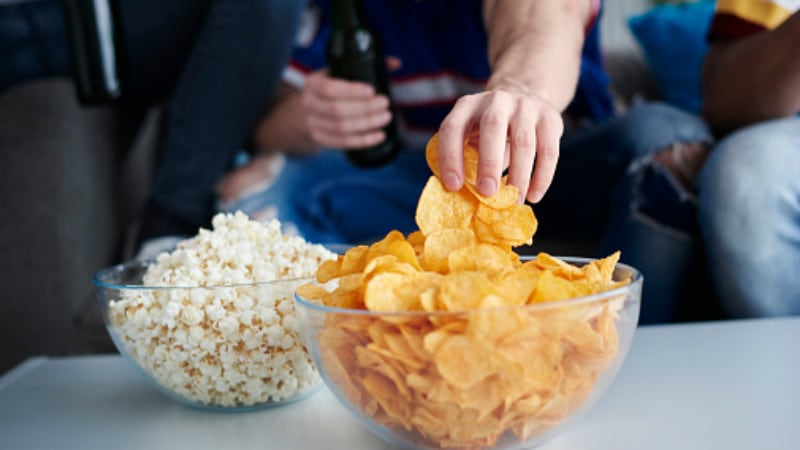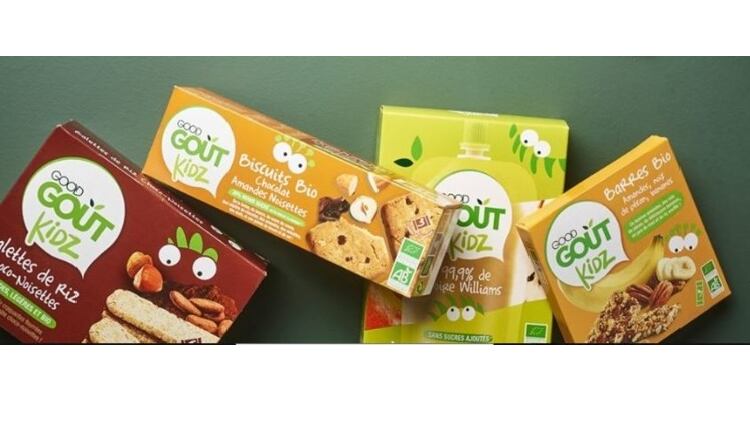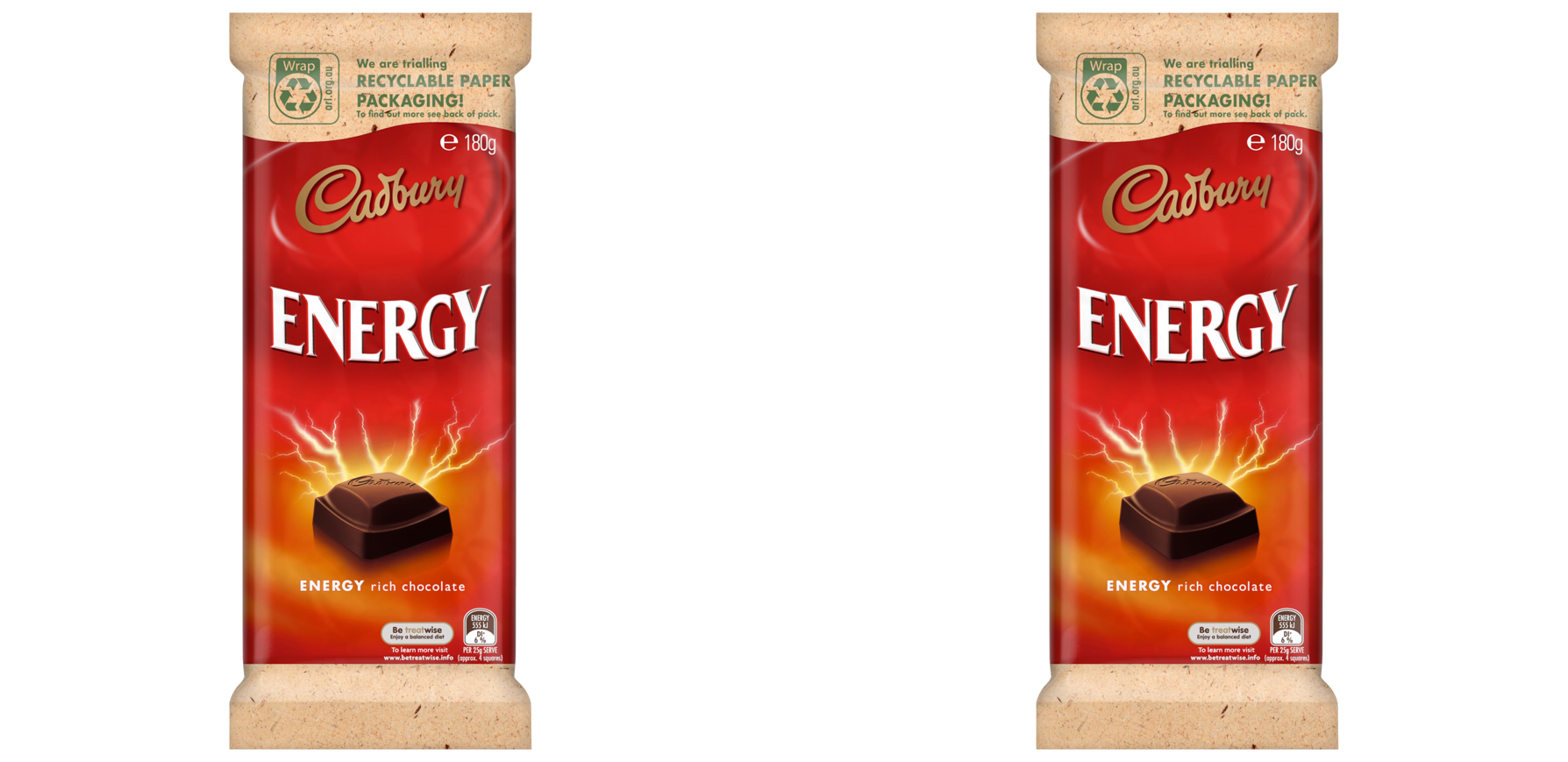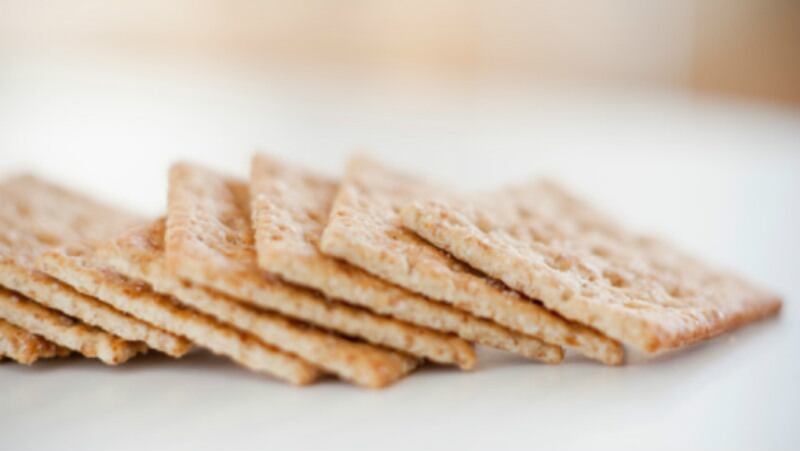According to new Roy Morgan research across June 2008 to July 2019, almost nine out of 10 Australians have been found to be regular snackers, with savoury snacks holding a clear lead.
“[Despite] a broader push for Australians to make healthier food choices and reduce ‘packaging’, over the past decade the proportion of [those] who regularly consume packaged snacks has [only] declined slightly, moving from 90.8% to 88.5%,” said Roy Morgan CEO Michele Levine.
“Savoury snacks, such as potato chips [remain] the most popular option with two-thirds of adults eating them in an average week.”
Savoury Snacks came in at 66%, beating out the first runner-up Healthy Snacks (54.7%) by over 11%. This was followed by Chocolates (48.1%), Yoghurt (44.8%), Sweet Biscuits (41.2%), Ice Cream (39.0%), Lollies or Gum (30.2%), Dips (22.4%) and Frozen/Dairy Desserts (11.5%).
Healthy snacks saw the largest growth (3.2%) in consumption across the decade, and savoury snacks also saw a significant 1.6% increase. The most significantly affected category of snacks was Sweet Biscuits (e.g. cream-filled biscuits) which dropped by 8.2%.
However, this increase in healthy snacking has not correlated with increased positive public health outcomes. According to data from the Australia Institute of Health and Welfare (AIHW), 31% of Australian adults were obese as of 2017/2018 – a 12% increase from 1995 data (19%).
This could be because the popularity of healthy snacks hasn’t been in existence long enough for any real changes to materialise, but could also be because these ‘healthy’ snackers opt to consume both unhealthy and traditionally unhealthy snacks.
“It’s interesting to note that the data shows those who consume healthy snacks are just as likely as other Australians to eat different kinds of snacks, such as chocolate and ice-cream,” said Levine.
‘Healthy’ snacking
Healthy snacks were defined here as products such as muesli bars, rice crackers and breakfast bars – the ‘healthiness’ of which many have previously been the subject of dispute.
“[The] truth is that many snack bars [contain] high amounts of saturated fat, [and] they're always going to be sweet because the manufacturers use various kinds of sugars to make them stick together,” said consumer organisation CHOICE in a muesli bar review on their website.
“[It's] best to consider them as an occasional treat rather than an everyday snack.”
This suggestion is an important one, considering that the researchers also found that a whopping 62.5% of Australians above the age of 14 are considered either ‘heavy’ (consuming seven or more items in a week) or ‘medium’ (four to six snacks a week) snackers.
Even Levine added that controversy still exists as to the definition of ‘healthy’ here.
“[As CHOICE] and nutrition experts have often noted, there is a wide variation as to how ‘healthy’ products in this category actually are,” she said.
In tandem with other research
That said, the results of this survey tally nicely with previous snacking industry findings, for example Mondelez’s State of Snacking report released last year.
“[Consumers] want indulgent snacks to enjoy, [but also] options that they can feel comfortable choosing as nutritious alternatives when they don’t have time for a sit-down meal,” Mondelez Australia Managing Director Nigel Parsons told us.
“What the research shows is that mid-afternoon is the peak time for Aussies [2.41pm] to enjoy a snack, which suggests we’re looking for that pick-me-up to get us through the day.”
The report also revealed major age-related differences between snacking choices. Those between 55 and 73 years of age preferred snacks are low in fat, sugar and calories, whereas younger consumers in the centennial (ages 18 to 22) and millennial (ages 23 to 38) categories preferred mood-enhancing snacks (23%), brain-boosting snacks (16%) and gluten-free snacks (15%).





